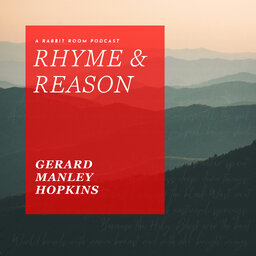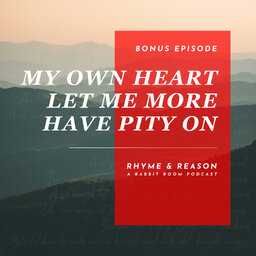Hopkins: "As Kingfishers Catch Fire"
One of his most important and beloved poems, "As Kingfishers Catch Fire" is a glimpse into Gerard Manley Hopkins' philosophy of life, his way of seeing the world. Central to his approach to poetry, spirituality, and life were concepts he often refers to in his writing—inscape, a thing's "thingness" or an interior landscape, and instress, needle-sharp and deep attention to detail given to understand the essence of a thing.
With these concepts in mind, we can better make sense of "As Kingfishers Catch Fire." That as things do what they were made to do, we can see the traces of God in his creation if we are willing to look closely enough to find them. Instressing everything in life to discover the inscape, the goodness and richness God imprinted on all of creation.
Music from this episode was from EVOE, We Dream of Eden, Ian Post, Marshall Using, and Nobou. Sound design and editing is by Nate Sheppard.
For more poetry from the Rabbit Room, subscribe to our newsletter at Rabbitroompoetry.substack.com.
 Rhyme & Reason
Rhyme & Reason


